The integration of welding robots and motorgear boxes is a critical factor in current industrial processes as it improves productivity, accuracy, and efficiency. When these two technologies are combined, complicated welding procedures may be automated while strong and dependable power transmission systems are maintained. Motorgear boxes ensure appropriate torque and movement control, resulting in smooth, consistent motion during robotic activities. Welding robots simplify welding processes with their high accuracy and versatility.
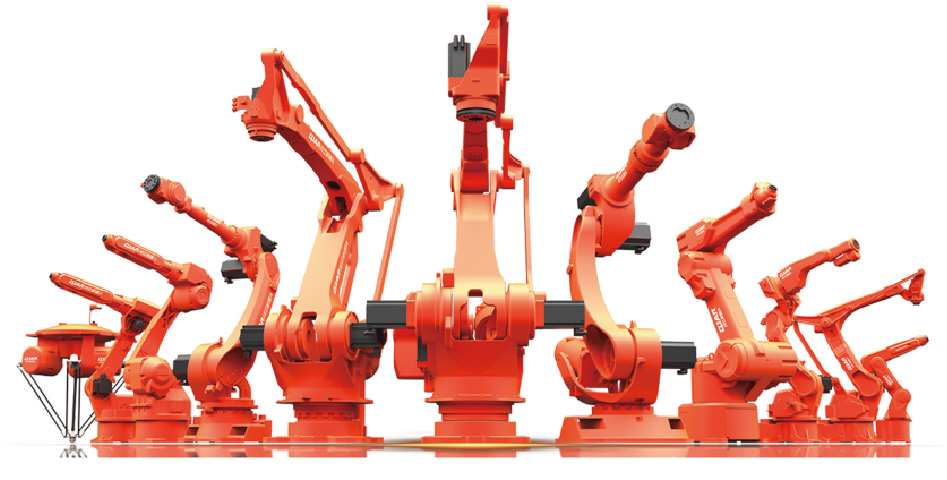
Automation of Welding Using Robots
Robots that weld have become essential in the industrial industry, especially for repetitive and precise jobs. Through process automation, they improve the quality of the weld and lower the possibility of human mistake. These six-axis robots, which are made to be extremely precise while welding complicated procedures, include the QJR6-2000H and QJR6-1400H.
The employment of welding robots by manufacturers guarantees precise and dependable welds, a crucial aspect in sectors such as heavy machinery, aircraft, and automobiles. Every weld is finished at the proper depth and angle thanks to the extensive range of motion of these welding robots. By doing away with the necessity for manual labor, welding robots not only increase productivity but also reduce operating expenses.
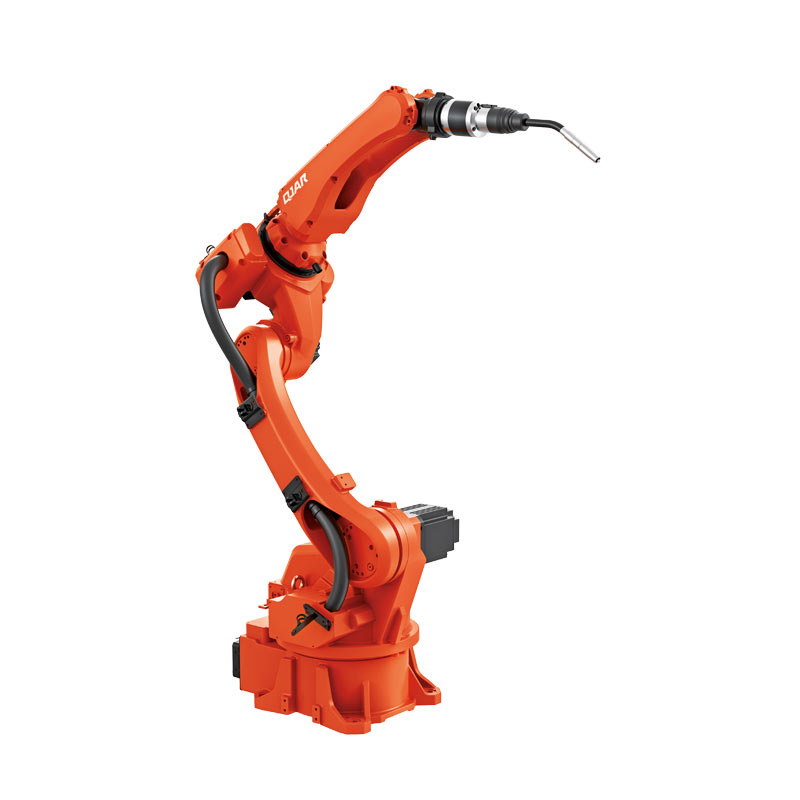
Performance Boosting Using Motorgear boxes
The power required for robotic movement is delivered by motorgear boxes, whereas welding robots offer automation and accuracy. The flawless operation of the robotic arm is ensured by motorgear boxes, which regulate the torque and speed needed to carry out different welding jobs. These high-capacity motorgear boxes provide dependable motion even in demanding industrial settings since they are made to support large loads.
Using motorgear boxes guarantees steady and regulated motions of the welding robots, which is essential for producing consistently high-quality welds. Motorgear boxes assist welding robots in maintaining their precision by delivering exact power transfer, guaranteeing that every weld is finished to the greatest degree.
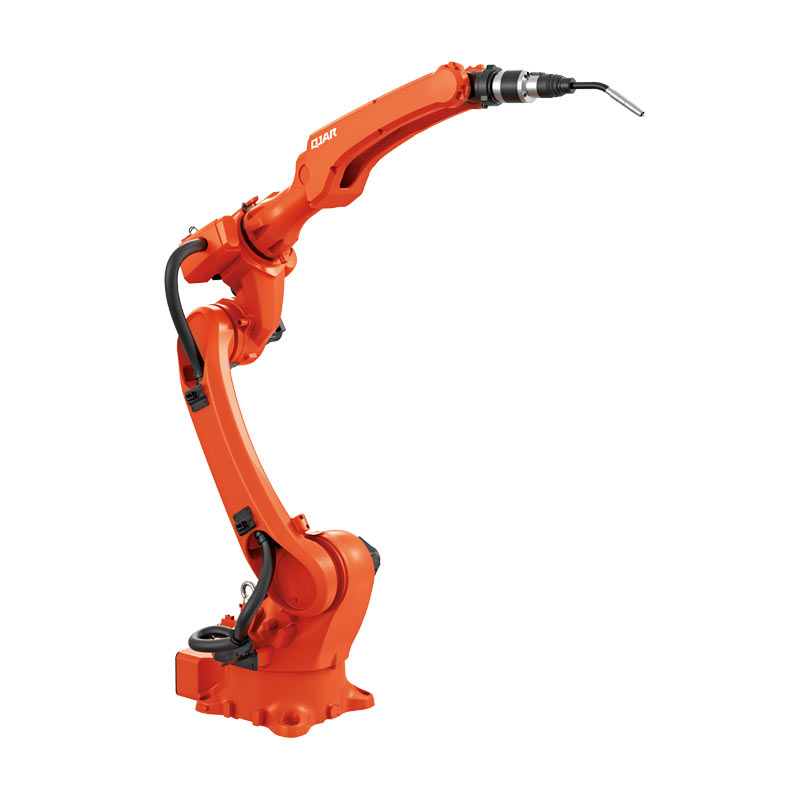
The Cooperation of Motorgear boxes with Welding robots
The integration of motorgear boxes with welding robots results in a strong and effective system that improves industrial procedures. While the motorgear boxes control the robotic arm’s movements and ensure that power is distributed effectively, the robots conduct welding jobs with extreme accuracy.
For instance, strong motorgear boxes are needed for the 6 kg payload and 1.4 m reach QJR6-1400H robot in order to guarantee continuous, smooth motion when welding. In production settings, the combination of these two technologies enables quicker cycle times, lower downtime, and increased overall efficiency.
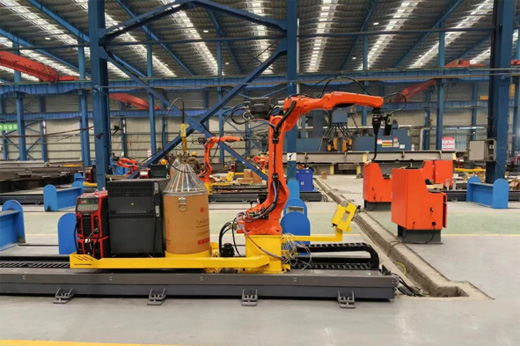
An Analysis of the QJR6-2000H and QJR6-1400H Welding Robot Case Study
A variety of welding tasks may be completed by the two highly advanced welding robots, the QJR6-2000H and QJR6-1400H. The QJR6-1400H is the ideal tool for small to medium-sized welding projects, with a 1.4 meter reach and a 6 kilogram payload. Its six-axis adaptability allows it to perform intricate welding operations with exceptional precision.
However, the QJR6-2000H is suited for bigger workspaces and more intricate welding processes because it has a 2-meter reach and the same 6kg payload. Modern motorgear boxes included in both versions provide dependable power transfer and smooth, controlled robotic movement. Even in the most demanding production situations, producers are certain to achieve consistent, high-quality welds thanks to the synergy between these welding robots and their motorgear boxes.
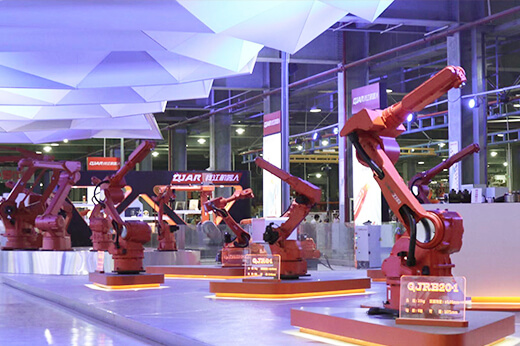
The Prospects for Robotic Welding and Motorgear boxes
The need for automated solutions such as welding robots and motorgear boxes will only increase as production continues to change. Further developments in power transmission and robots will probably enable even higher degrees of accuracy, speed, and adaptability in welding processes. While motorgear boxes are becoming better in terms of efficiency and durability, welding robots will grow more intelligent and able to adjust to various materials and welding situations.
These two technologies together will continue to lead the way in industrial automation, assisting producers in cutting expenses, raising the caliber of their output, and maintaining their competitiveness in the world market. The function of motorgear boxes and welding robots in the production industry will becoming ever more crucial to attaining operational excellence as their capabilities increase.

In summary
In conclusion, by automating difficult welding procedures and guaranteeing accurate power transfer, welding robots and motorgear boxes are transforming the industrial industry. These technologies work together to provide welds of greater quality, shorter production times, and lower operating costs. Robots with welding capabilities are precise and adaptable, and robotic motion is dependable and seamless thanks to motorgear boxes. When combined, they offer manufacturers looking to increase production and efficiency a potent answer. The combination of welding robots and motorgear boxes will continue to spur innovation and success in production settings as the sector develops.

